Stilt houses, a warm and cozy stopover during autumn and winter.
In western Nghe An province, communes such as Con Cuong, Chau Tien, and Que Phong are experiencing strong community-based tourism development, featuring unique stilt houses that have become ideal destinations during the autumn and winter months. While the blue sea and white sand beaches are often preferred in the summer, during the chilly days at the end of the year, tourists flock to the mountains and forests, immersing themselves in the warm atmosphere of traditional stilt houses.
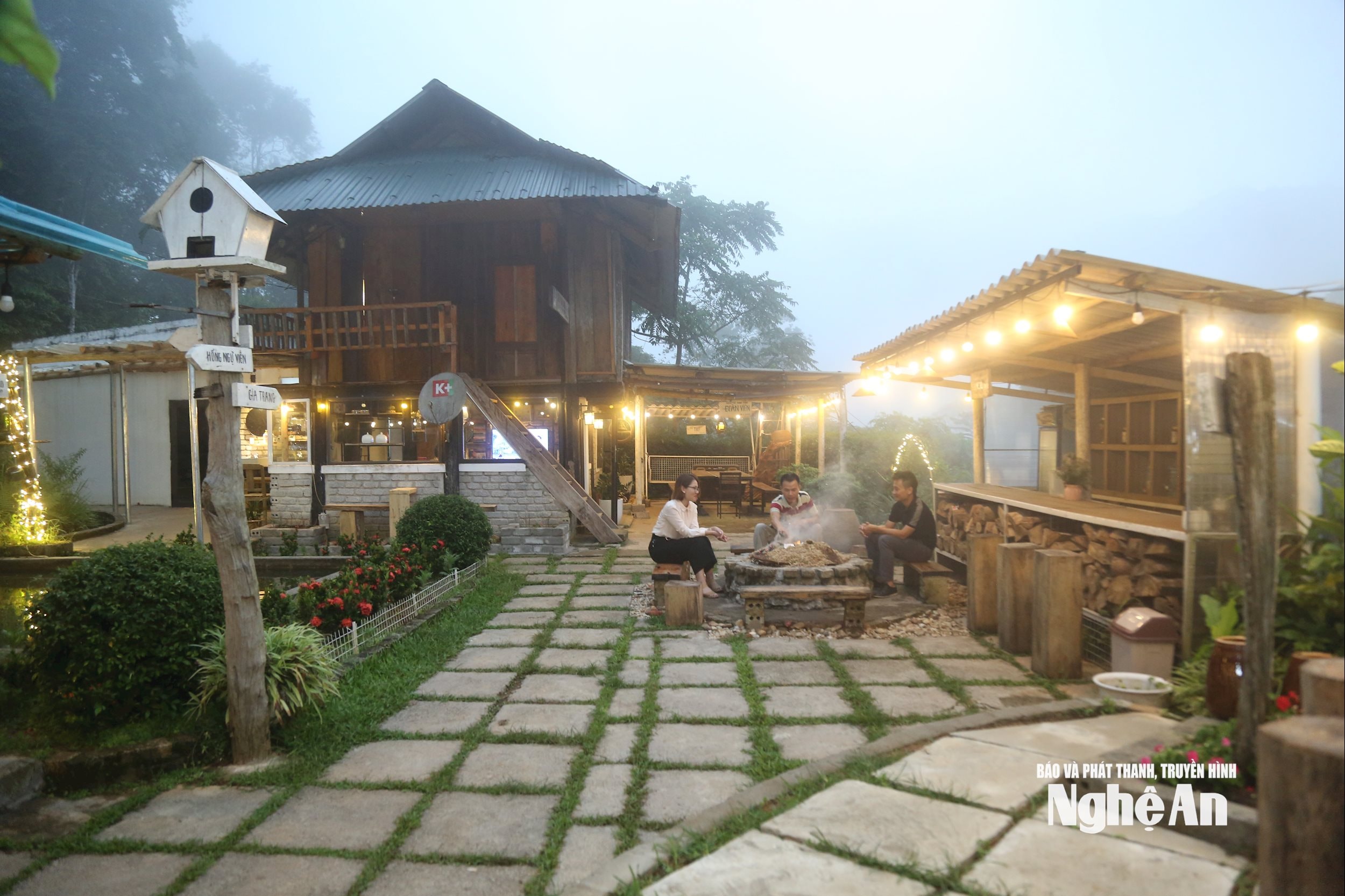
Villages like Khe Ran (Con Cuong commune), Hoa Tien (Chau Tien commune), Co Muong (Que Phong commune), and many other highland villages are becoming popular destinations. Amidst the lingering mist, sitting in a sturdy wooden stilt house, by the crackling fire, visitors can listen to local stories, sip on strong rice wine, and enjoy dishes typical of the mountainous region.
Ms. Nguyen Thi Mai, a tourist from Hanoi , expressed: “Visiting Con Cuong at this time of year, I clearly feel the warmth, like returning to family. The people are hospitable, the food is delicious, and the prices are reasonable. This is truly an unforgettable experience, especially when gathering around the campfire with everyone in the mountain chill.”
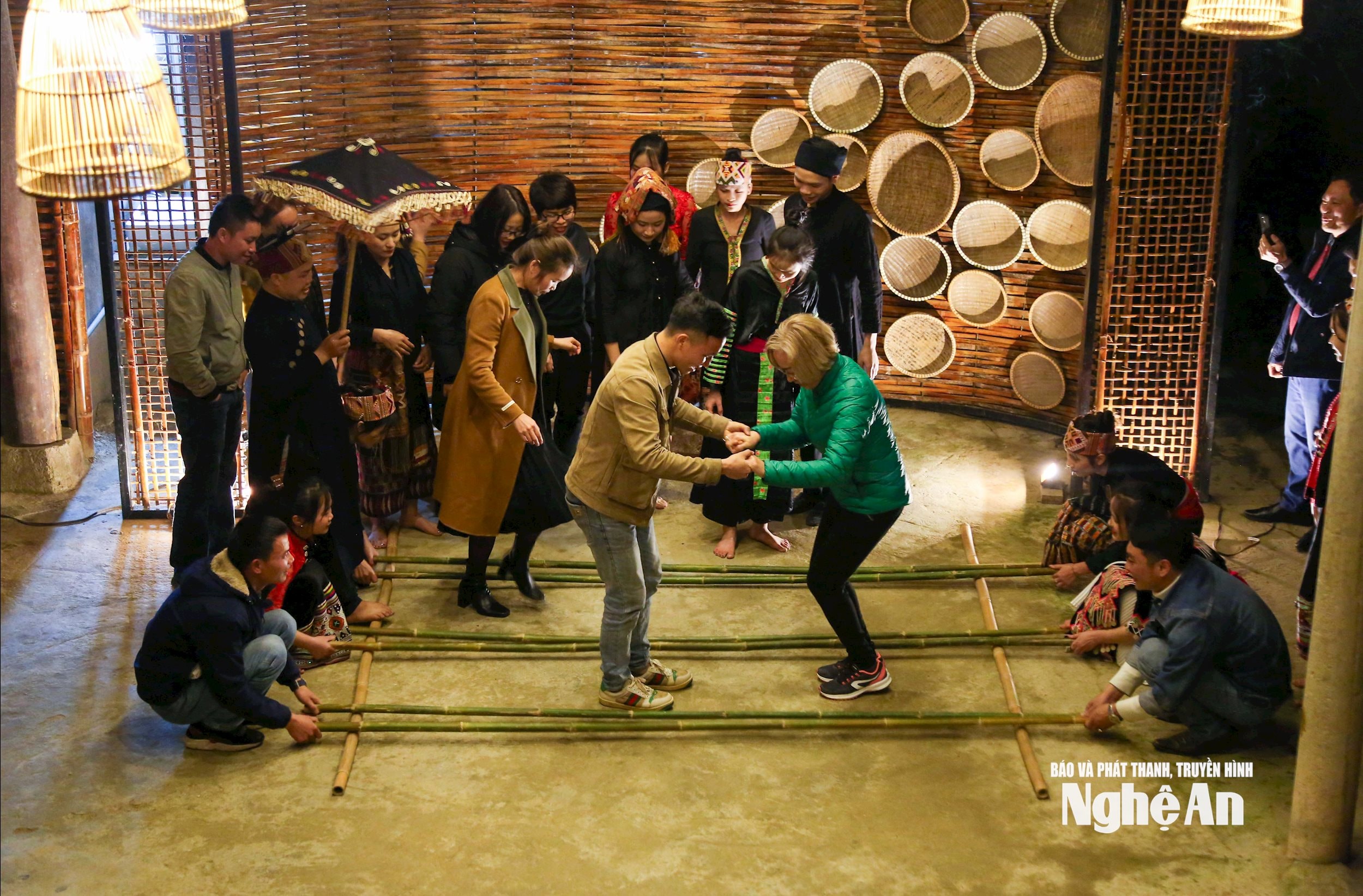
Not only tourists but also locals are proud that their traditional stilt houses have become a popular tourist attraction. Ms. Lang Thi Tam, owner of a homestay in Hoa Tien village, shared: “Previously, stilt houses were only for living, but now we have renovated them to welcome guests. We still maintain the traditional architecture, only adding a few necessary amenities such as warm blankets, new mattresses, and clean bathrooms. Tourists like staying in stilt houses because they offer a feeling of both rustic charm and modern convenience.”
Community-based tourism not only brings income to the local people but also helps preserve their indigenous culture. Many Thai women here take advantage of the opportunity to weave brocade, perform the bamboo dance, and sing folk songs to entertain tourists. Ms. Sam Thi Xoan, a woman from Hoa Tien village, said: “More tourists come during the cold season. Besides eating and resting, they also like to try on Thai dresses and take pictures. Thanks to this, our brocade weaving craft has more opportunities to be maintained.”
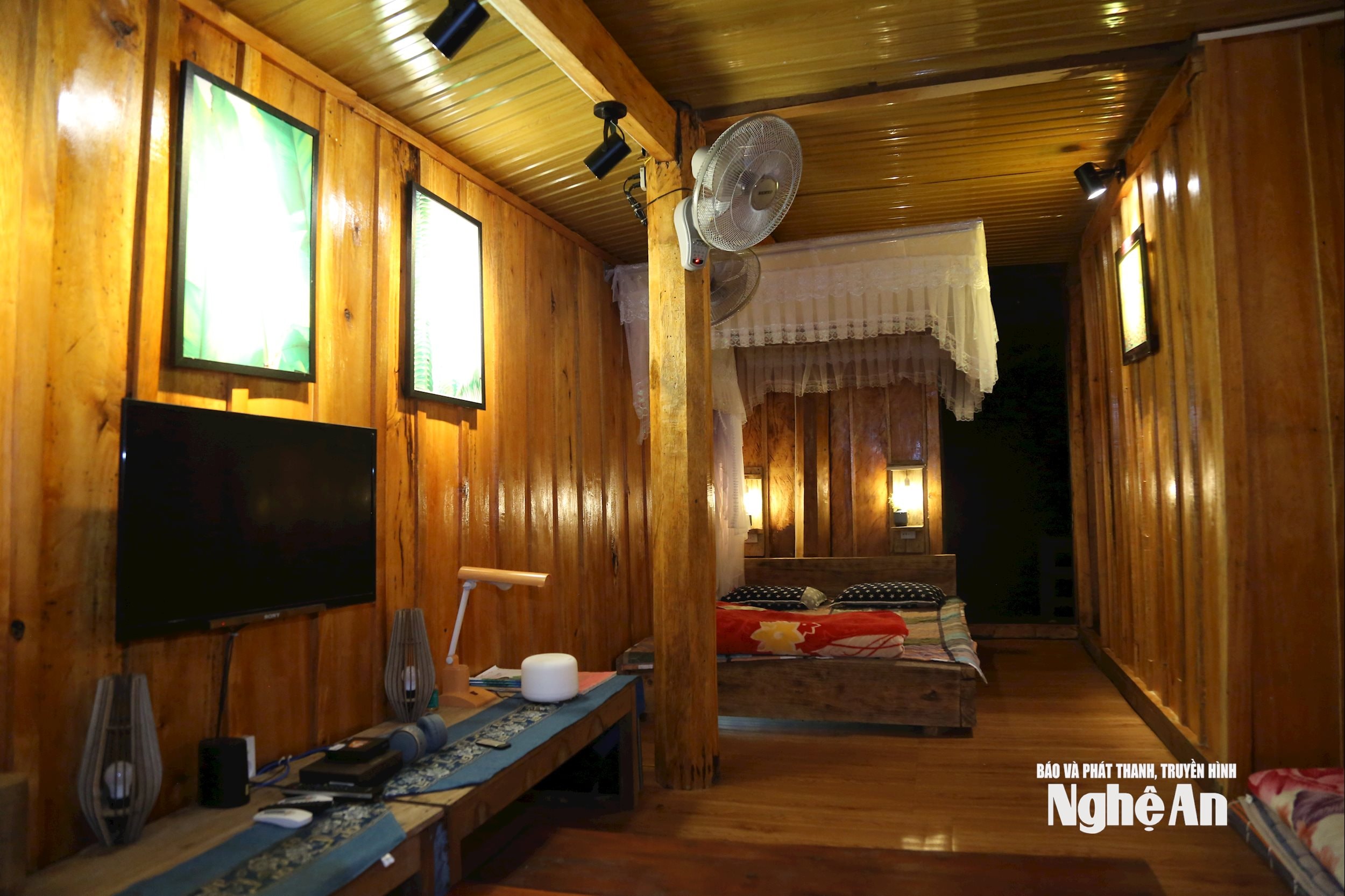
In particular, winter in the villages of western Nghe An offers visitors a unique experience: a close connection with pristine nature, yet warmed by human kindness and community bonds.
A French tourist shared: “I have traveled to many places in Vietnam, and in Nghe An, I felt the sincerity and simplicity most strongly. I had the opportunity to sit with the locals at the loom, learning how to spin yarn, weave, and embroider traditional patterns. The feeling of touching the raw fabric, listening to the clicking sound of the loom in the quiet space, made me feel like I was touching the breath of an ancient, simple yet profound culture.”
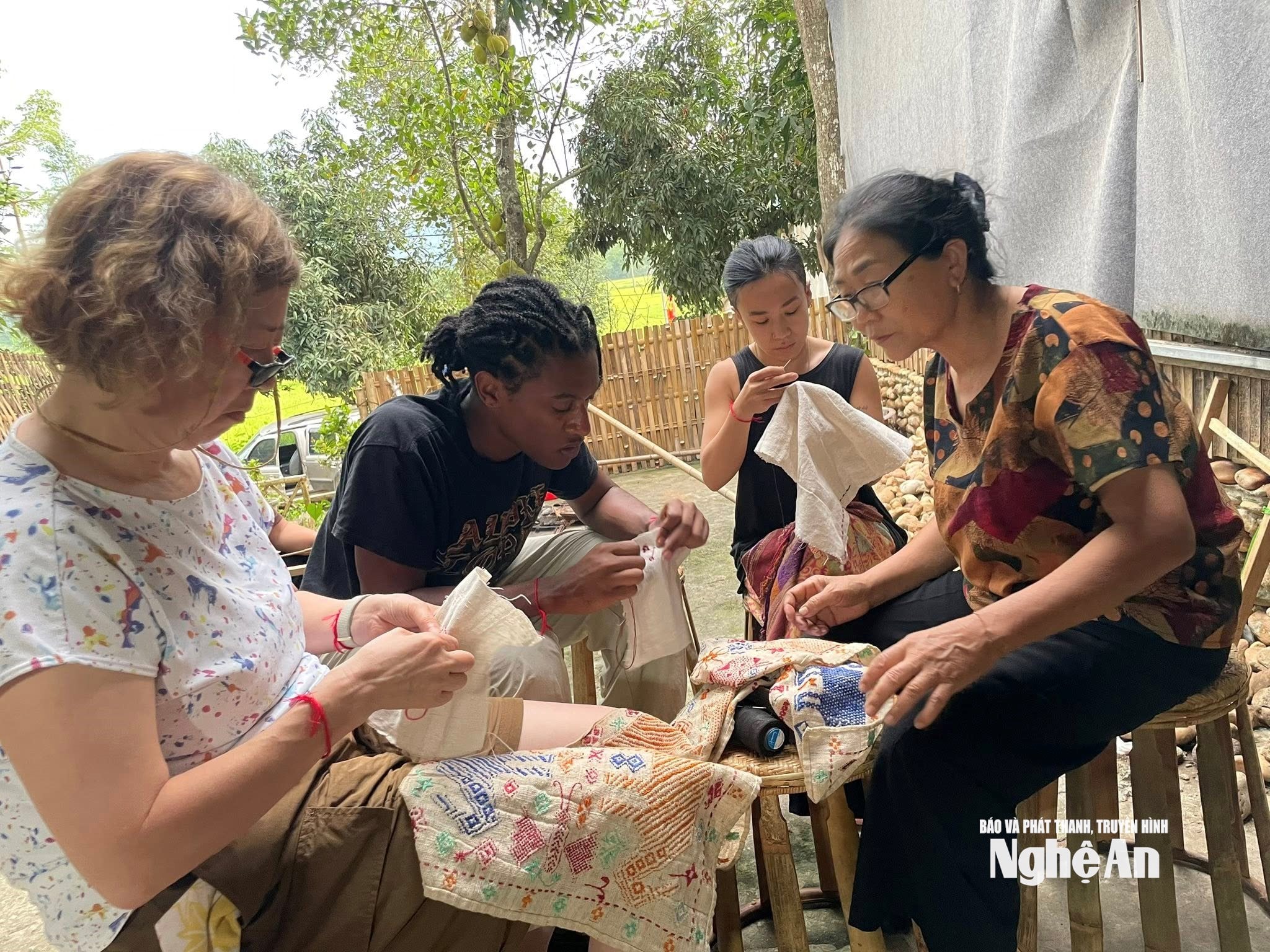
Mr. Tran Viet Duc, Vice Chairman of the Chau Tien Commune People's Committee, said: "Every year, the number of visitors to community tourism villages increases steadily, with the peak season being autumn and winter. Besides sightseeing and experiencing the local culture, many groups also choose to organize team building activities, bonfires, or small conferences right in the traditional stilt houses."
With its hospitality, rich culture, and captivating natural landscapes, stilt house tourism in western Nghe An promises to continue being a warm and inviting destination, attracting visitors from all over.
Discover the culture and cuisine of the cold season.
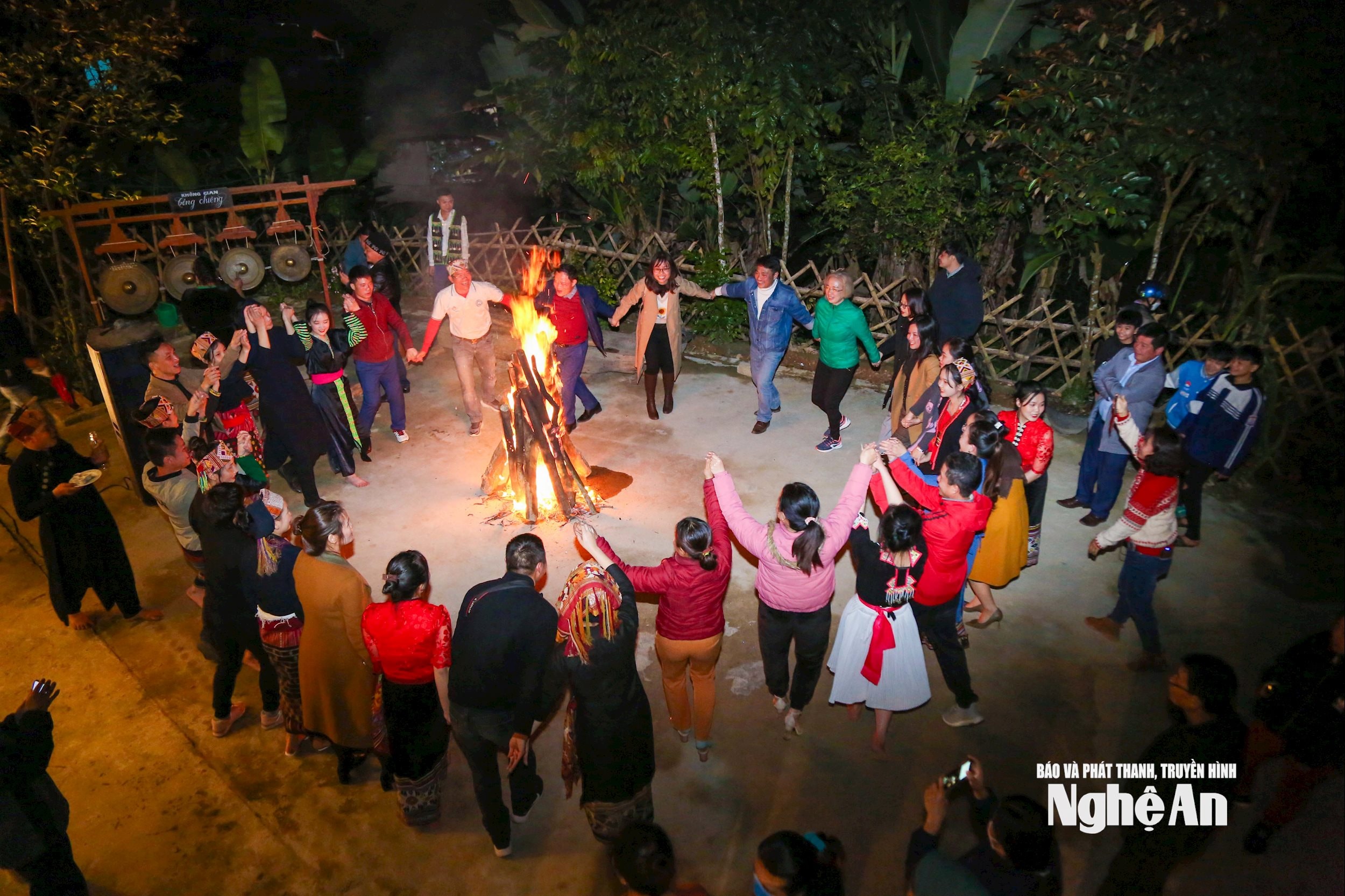
On autumn and winter nights, when mountain mist blankets the village, the entire community gathers in the spacious stilt house. The sounds of drums and gongs fill the air, the lively lam vong dances and sweet Thai folk songs blend with the melodious sounds of the khen be (a type of bamboo flute). Visitors, even first-time visitors, are easily drawn into the dance, joining hands with the villagers around the fire, laughing, singing, and dancing together.
Ms. Nguyen Thi Thuy Linh, a tourist from Nam Dan commune (Nghe An province), shared: “Here, no one considers themselves a guest or a host; everyone shares in the joy amidst the lively music. The campfire night in Co Muong village (Que Phong commune) left me with an unforgettable feeling, warm and full of camaraderie.”
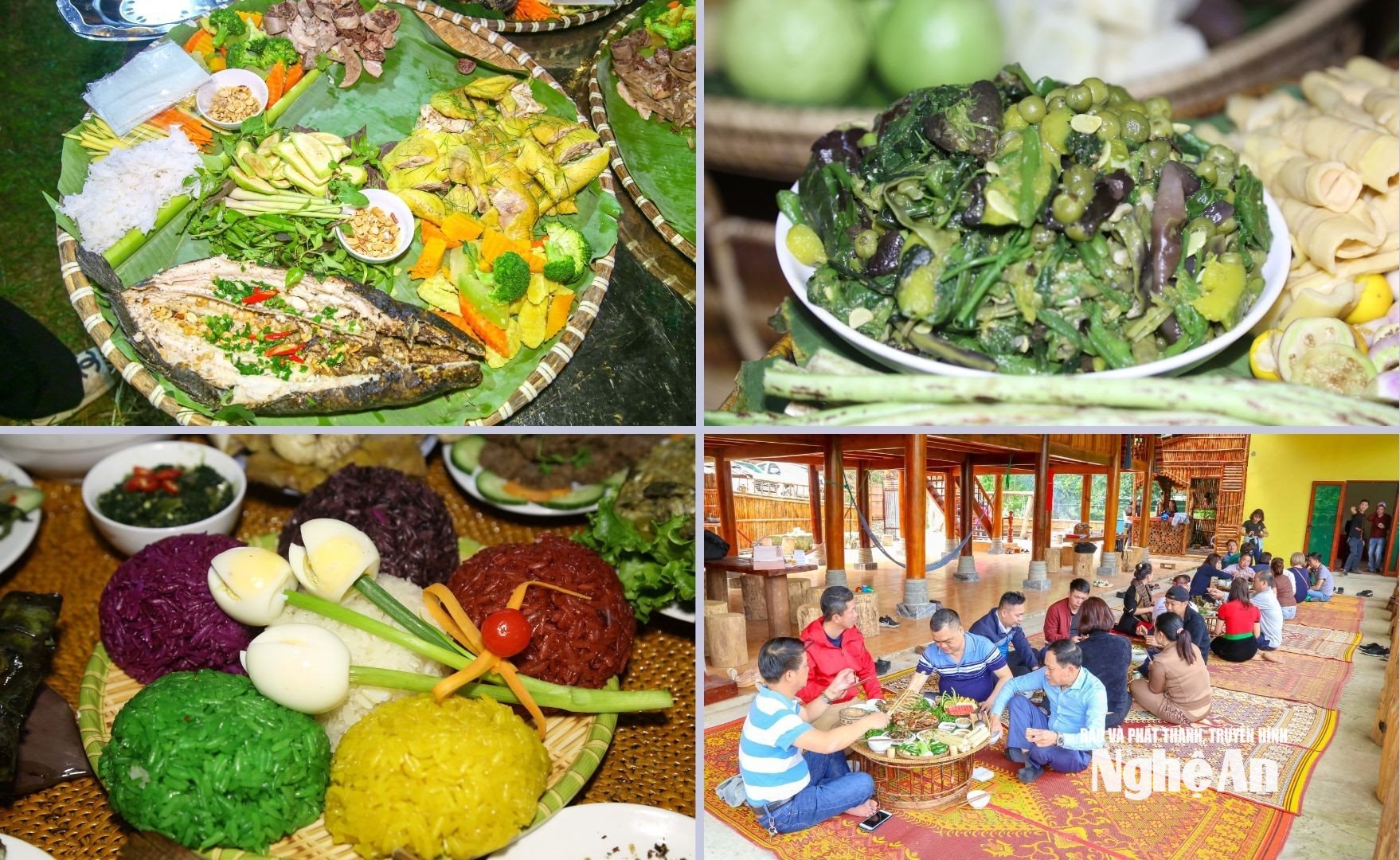
That warm atmosphere becomes even more complete when combined with the flavors of the local cuisine. During the cold season, meals in the villages always feature characteristic dishes of the mountains and forests: fragrant grilled chicken with mắc khén spice, crispy grilled catfish, rich and flavorful soup, sticky rice, and strong rice wine. The chill outside makes each glass of wine and each piece of grilled meat even more delicious. Mr. Vi Văn Huấn, the village elder in Khe Rạn village (Con Cuông commune), smiled and shared: “Visitors to the village often remember the winter meals. Sitting together, enjoying the local dishes, and hearing their compliments warms our hearts.”
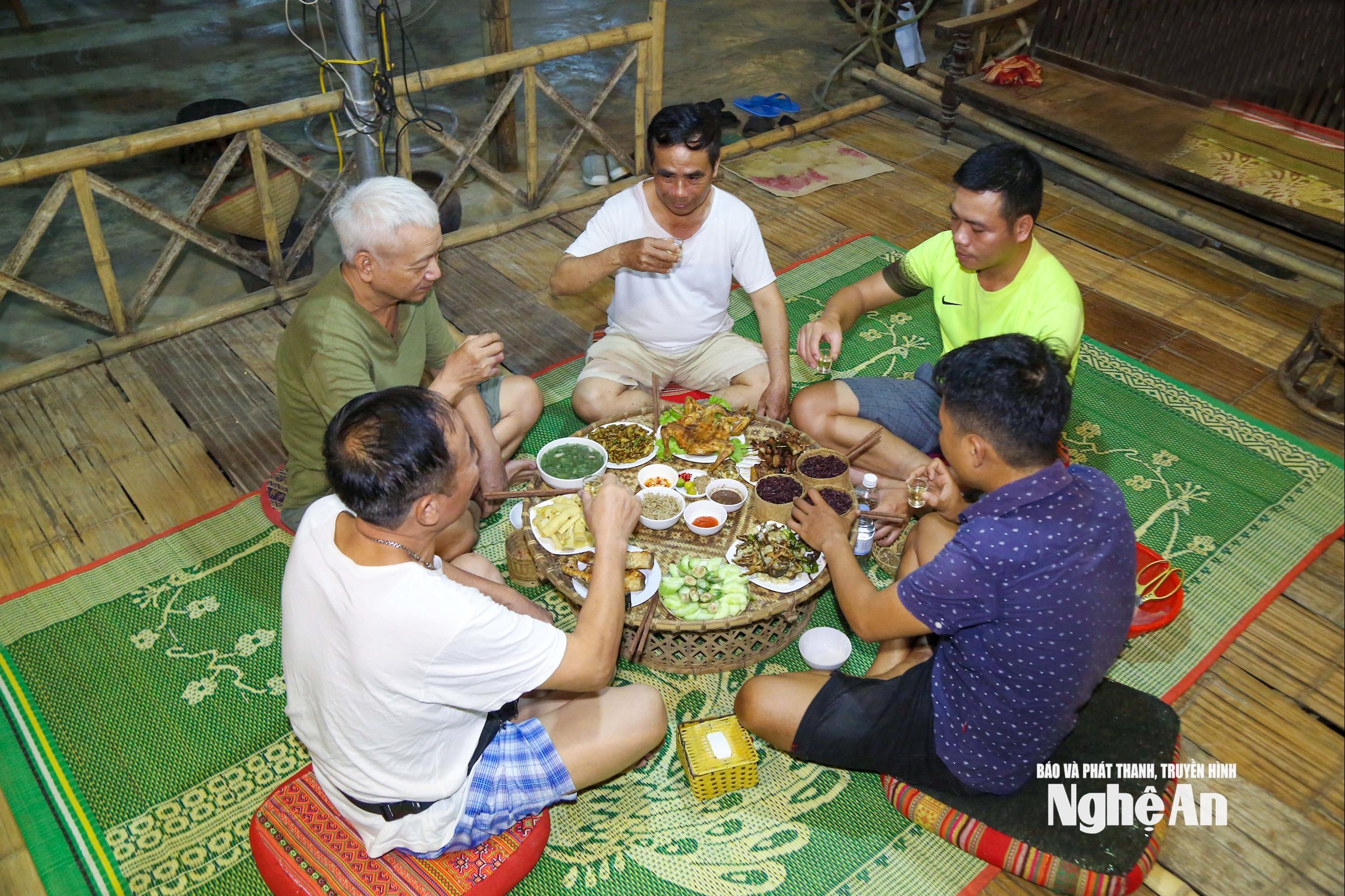
The cuisine here is not just for enjoyment, but also for experiencing. Many households involved in community tourism organize activities for guests to participate in pounding sticky rice cakes or preparing dishes from freshly picked wild vegetables and stream fish. Ms. Vi Thi Vui, owner of a homestay in Khe Ran village, shared: “We want tourists not only to enjoy the food but also to understand how the locals prepare simple, rustic meals. From lighting the fire and pounding the rice to seasoning the dishes, everything is part of the cultural experience, helping tourists feel the closeness, warmth, and authenticity of life here.”
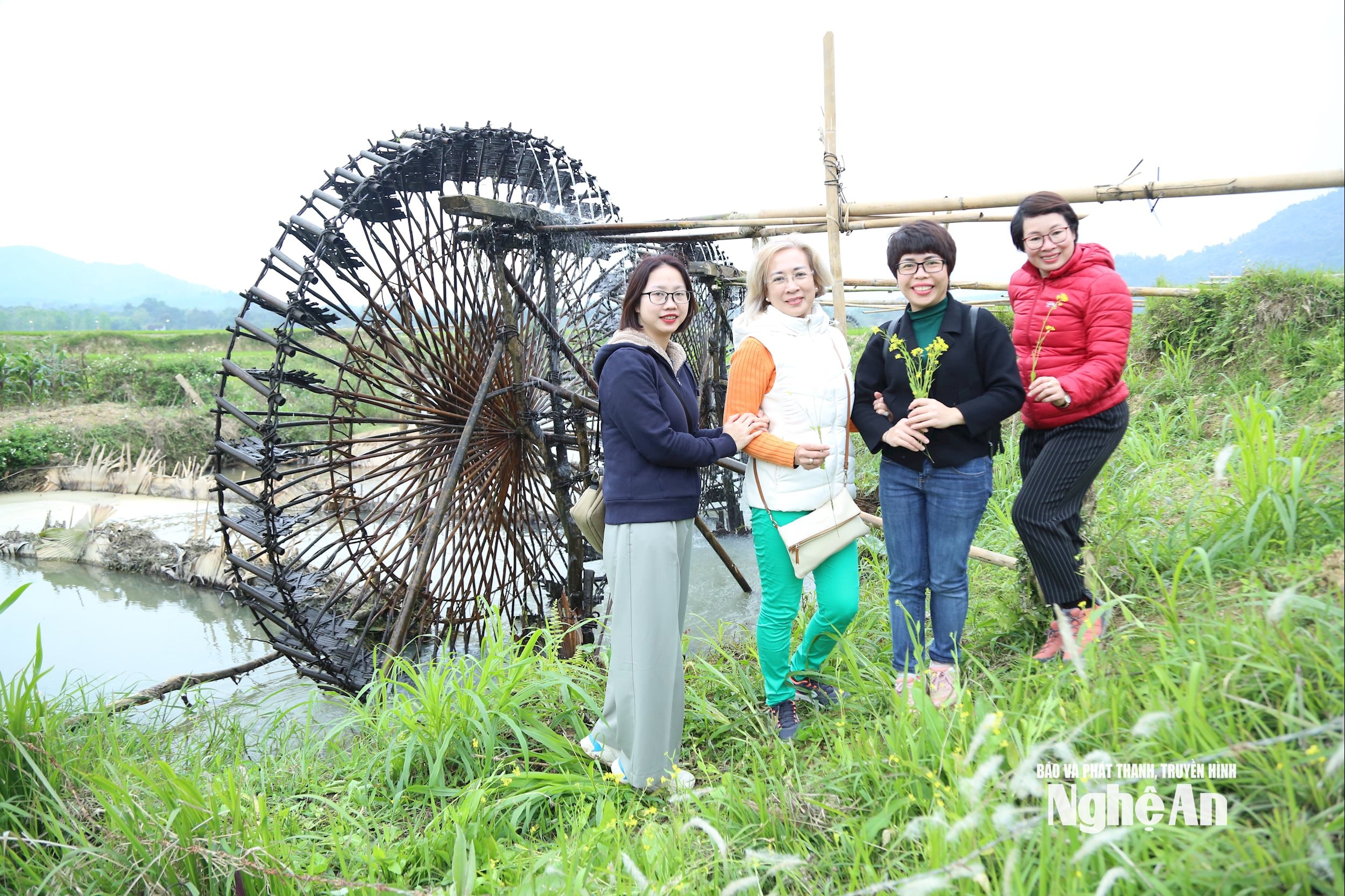
Many people also enjoy exploring natural caves, stopping to admire and take photos beside the waterwheels diligently turning day and night along the stream, breathing the essence of the mountains and forests.
Nguyen Hoang Yen, a student from Hanoi, excitedly shared: “This is the first time I’ve been to the mountains to find leaves to dye fabric. Thanks to these experiences, I understand how our ancestors used to create fabrics with such natural, simple, yet beautiful colors.”
.jpg)
It can be said that autumn and winter tourism in western Nghe An is not as noisy and bustling as the city, but it leaves a deep impression because of its warmth, intimacy, and connection. Amidst the hustle and bustle of life, resting in the villages, listening to the melodious sound of the flute by the fire, immersing oneself in the lively Lam Vong dance, and enjoying a simple meal in the chilly early winter are unforgettable experiences. Moreover, each trip is also a way to contribute to preserving and spreading the traditional cultural values of the Thai people, linking tourism development with the sustainable construction of new rural areas in western Nghe An.
Source: https://baonghean.vn/trai-nghiem-ban-lang-mien-tay-xu-nghe-mua-thu-dong-10309226.html




![[Photo] Prime Minister Pham Minh Chinh holds a phone call with the CEO of Russia's Rosatom Corporation.](/_next/image?url=https%3A%2F%2Fvphoto.vietnam.vn%2Fthumb%2F1200x675%2Fvietnam%2Fresource%2FIMAGE%2F2025%2F12%2F11%2F1765464552365_dsc-5295-jpg.webp&w=3840&q=75)

![[Photo] Closing Ceremony of the 10th Session of the 15th National Assembly](/_next/image?url=https%3A%2F%2Fvphoto.vietnam.vn%2Fthumb%2F1200x675%2Fvietnam%2Fresource%2FIMAGE%2F2025%2F12%2F11%2F1765448959967_image-1437-jpg.webp&w=3840&q=75)

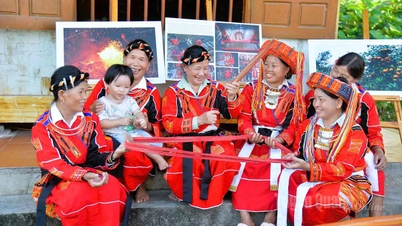

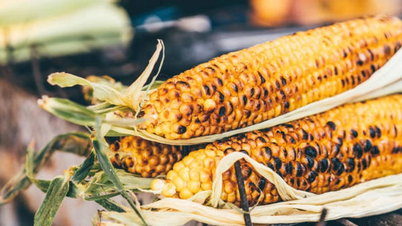





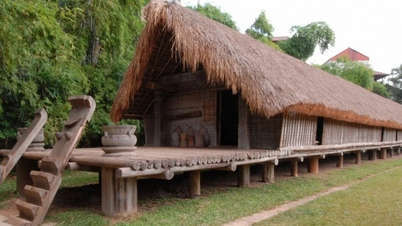
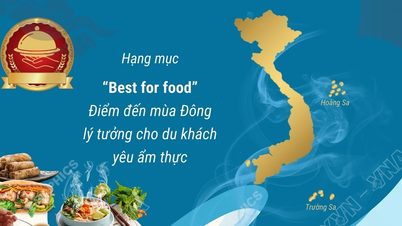

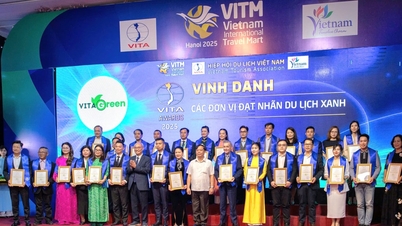


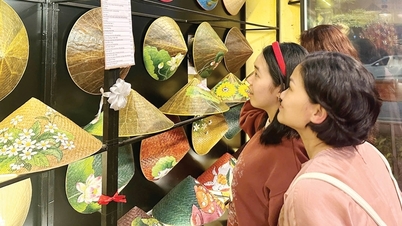







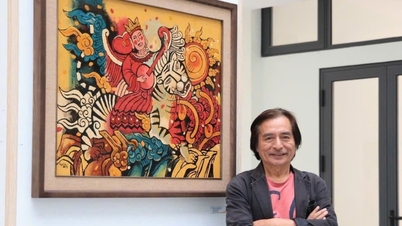

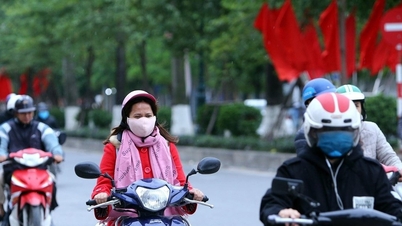
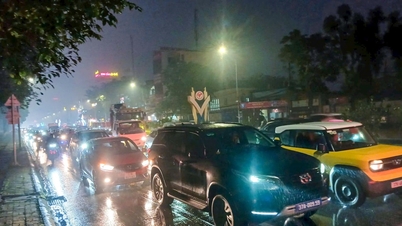

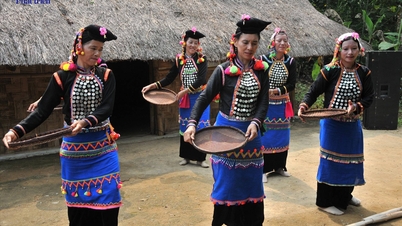

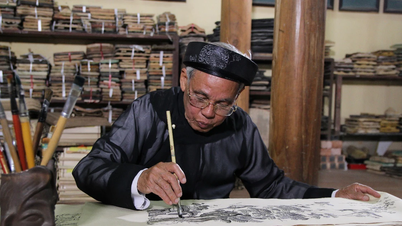



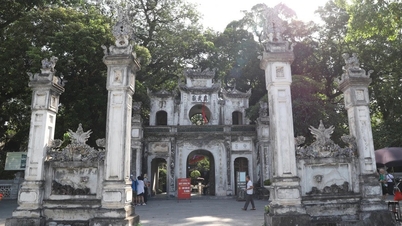



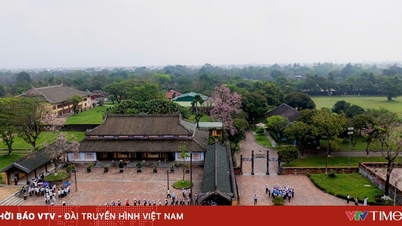





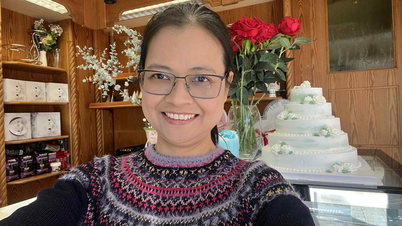


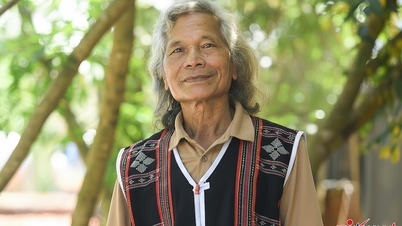



![[OFFICIAL] MISA GROUP ANNOUNCES ITS PIONEERING BRAND POSITIONING IN BUILDING AGENTIC AI FOR BUSINESSES, HOUSEHOLDS, AND THE GOVERNMENT](https://vphoto.vietnam.vn/thumb/402x226/vietnam/resource/IMAGE/2025/12/11/1765444754256_agentic-ai_postfb-scaled.png)
























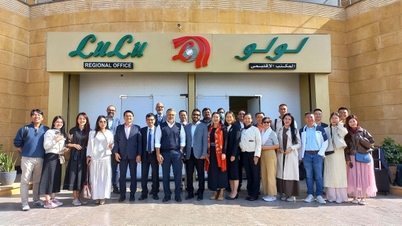






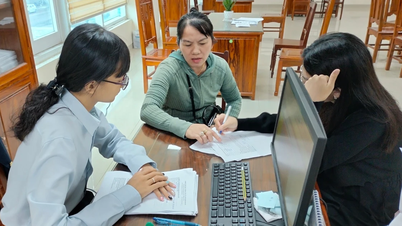
















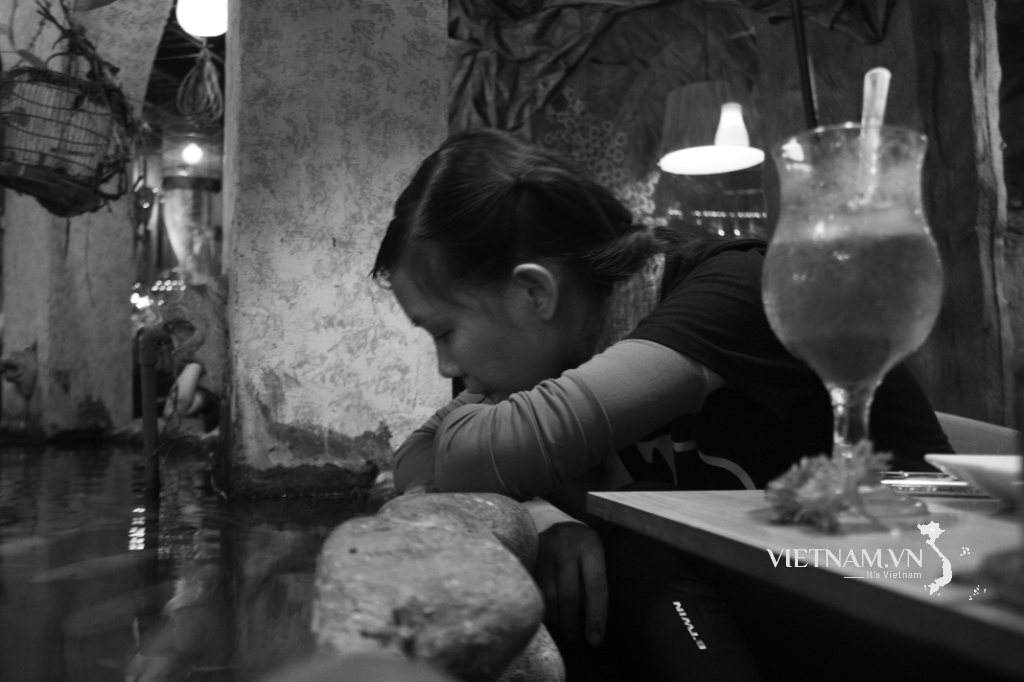



Comment (0)